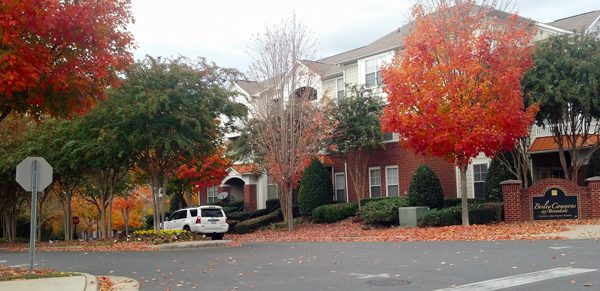Housing on $20K a year: What Charlotte stats tell us

I’ve been in and around the housing field for a long time, and I’ve seen mountains of housing statistics, data and quantitative analysis, everything from vacancy rates to under-construction tallies to eviction research.
Often all these numbers, while important, get lost because they are just too voluminous and multifaceted to really comprehend. The average person, looking at reams of housing data, will often say, “That’s all interesting, but what does it really mean?”
To me, there are two important housing statistics that are useful for everyone to comprehend, and both concern the relationship between housing cost and income. Further, they’re interesting because of the long-standing public debate about housing needs and subsidies. To follow my train of thought, you need to understand the concept of “median income.” Look at all households of the same number of persons and divide the households into two equal parts. The first half of households earns less than median income, and the other half earns more. For example, in our GCAA (Greater Charlotte Apartment Association) urban area, the median income for a four-person household is around $65,000. Then, from the “median” point, further calculations are made to group households into income categories, such as:
- 30 percent of median income is around $20,000 per year.
- 60 percent of median income is around $40,000 per year.
Here’s my first Really Important Housing Statistic:
In looking at the range of households in the GCAA region that earn between 30 percent and 60 percent of median income, those households are more likely to be housed in “market-rate” housing than in any form of public subsidy or tax-credit housing program by a factor of 20:1!
This speaks to all the apartments built in the 1960s, 1970s and 1980s in our area that are within reach of folks who earn between $20,000 and $40,000 annually.
For the group of households that earn less than 30 percent of median income annually, market-rate housing – even the lowest rent market-rate housing – is out of reach. The problem is neither greedy landlords nor lazy consumers, but a gap between the fair costs of housing and the buying power of low wages. It’s for these households that most of the housing subsidy programs were created, both to narrow the gap between housing costs and consumer buying power and to bolster the quality of the housing that serves these households. These subsidy programs are mostly HUD-financed, including Housing Authority properties and the Housing Choice Voucher (Section 8 Rent Subsidy) Program.
Which brings me to my second Really Important Housing Statistic:
In looking at households in the GCAA region that earn less than 30 percent of median income, only about one quarter of them receive a housing subsidy. That means about three-quarters do not and are left to fend for themselves.
This is a tough spot to be in and means tens of thousands of households in our region aren’t well served by the housing marketplace or by the housing subsidy world. They’re either “doubling-up” by moving in with friends or relatives, or paying high amounts of their income for shelter.
This is not to say, necessarily, that housing costs are too high, that wages are too low, or that more subsidy dollars need to be created. But it serves to underscore the plight of households earning less than 30 percent of median income. This is something that needs to be better understood by everyone in our community.
Ken Szymanski is executive director of the Greater Charlotte Apartment Association and the Apartment Association of North Carolina. Opinions expressed are the author’s, not necessarily those of the UNC Charlotte Urban Institute or the University of North Carolina at Charlotte.